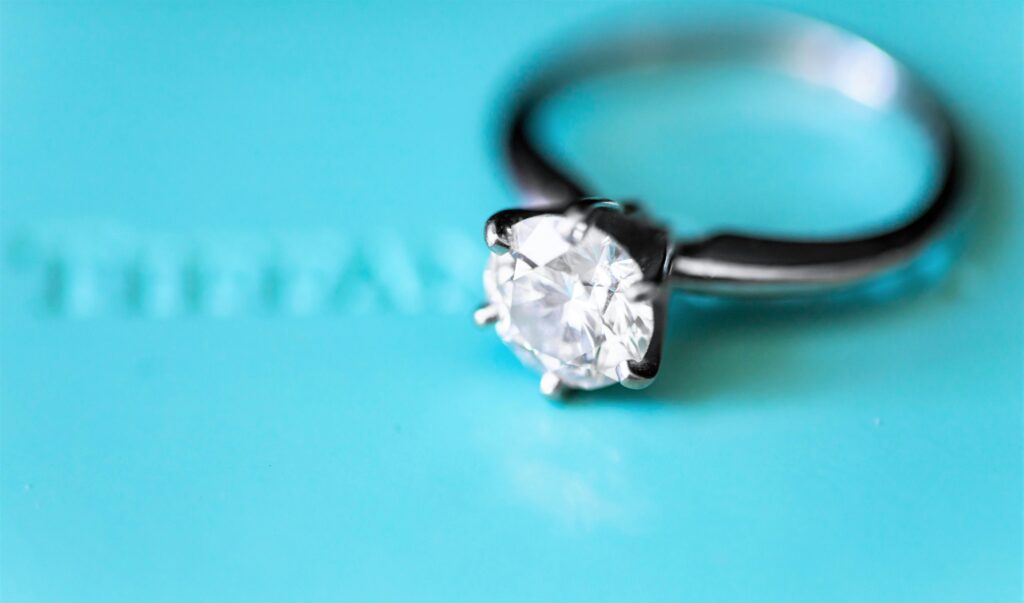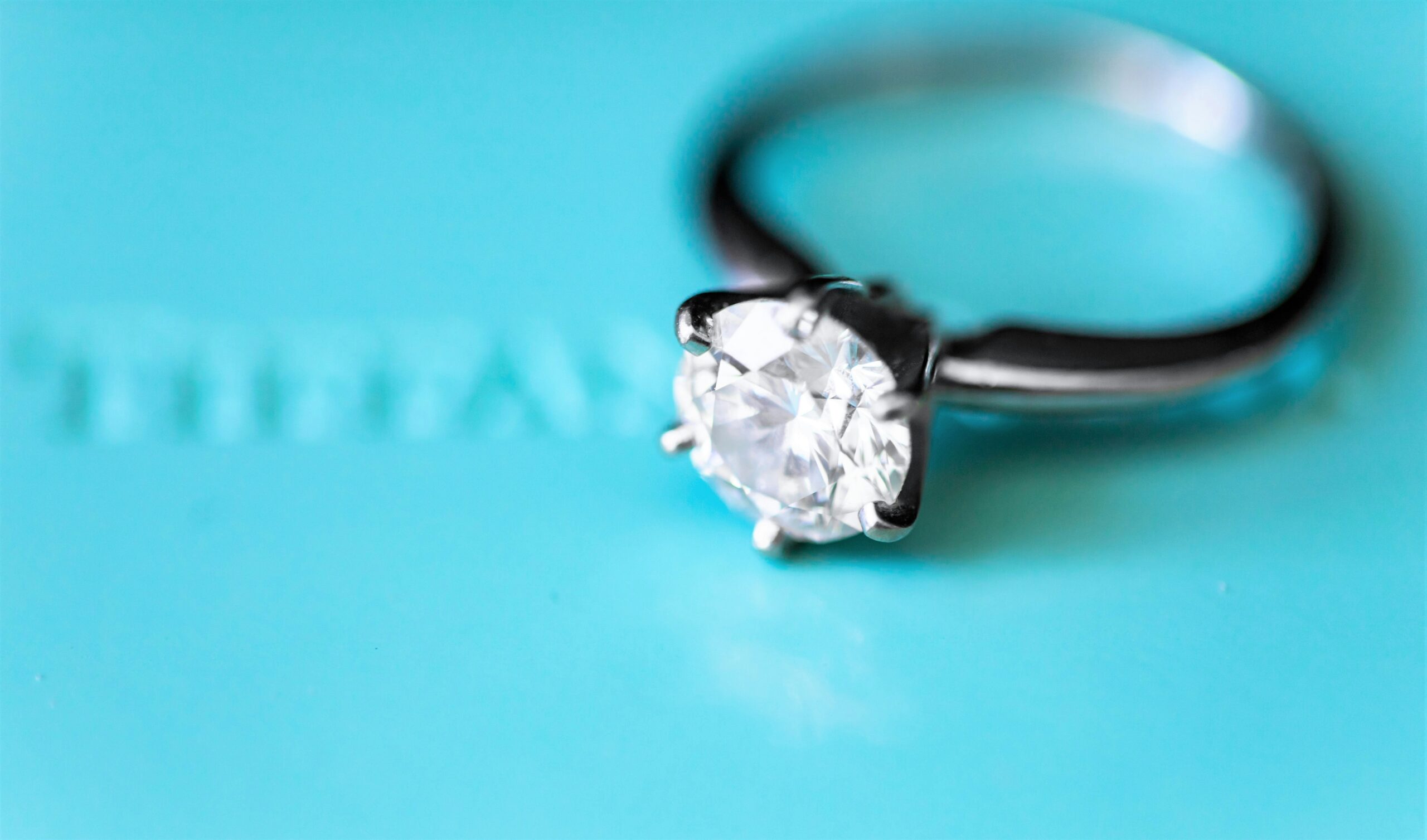If you have a history of blood disorders and are considering using a cock ring, it's important to be aware of the potential risks involved. While cock rings can enhance sexual pleasure, they also restrict blood flow to the penis, which may pose problems for individuals with underlying blood conditions. In this article, we will explore the possible complications that could arise from using a cock ring in such cases, helping you make informed decisions about your sexual health. So let's unravel the facts and shed some light on this topic, ensuring your safety and enjoyment in intimate moments.
Understanding Cock Rings
Cock rings are increasingly popular adult toys that can enhance sexual experiences for individuals with penises. These rings are typically made of various materials, including silicone, rubber, or metal, and are worn at the base of the penis. The primary purpose of a cock ring is to restrict blood flow out of the penis, resulting in a firmer and longer-lasting erection. They are often used to enhance pleasure, increase stamina, and delay ejaculation.
How Cock Rings Work
Cock rings work by constricting the blood vessels in the penis, preventing blood from flowing out too quickly. By maintaining a constant flow of blood in the penis, they can help sustain an erection for a longer period. This increased blood flow can lead to a more vigorous and pleasurable sexual experience for both partners.

Different Types of Cock Rings
There are several types of cock rings available on the market, each with its own unique characteristics. Some common types include adjustable cock rings, stretchy silicone or rubber rings, and rigid metal rings. Adjustable rings allow for customized fitting, while stretchy rings provide flexibility and comfort. Metal rings offer a more firm and restrictive experience. Ultimately, the choice of which type to use depends on personal preferences and comfort levels.
General Risks of Cock Rings
While cock rings can be a source of pleasure and enjoyment, it is essential to be aware of the potential risks associated with their use. One of the primary risks is their implication on blood flow. By constricting the blood vessels, cock rings can limit the amount of blood flowing in and out of the penis. This restriction may lead to various complications due to inadequate blood supply.
Another risk is the possibility of tissue damage. Prolonged or incorrect use of a cock ring can cause tissue compression, resulting in discomfort, pain, or even injury. It is crucial to ensure proper placement and limit the duration of wearing to avoid these complications.
Additionally, some individuals may experience allergic reactions to certain materials used in the production of cock rings. Allergies can manifest as skin irritation, rashes, or itching. If any discomfort or allergic reactions occur, it is advisable to discontinue use immediately and seek medical advice.

Blood Disorders and Their Impact on Erectile Function
Blood disorders can significantly affect erectile function, as healthy blood flow is essential for achieving and maintaining an erection. Common blood disorders that can impact erectile function include cardiovascular diseases, hypertension, diabetes, and anemia. These conditions may cause blood vessels to narrow or become damaged, leading to reduced blood flow to the penis.
Understanding the role of healthy blood flow in erections is crucial in comprehending why individuals with blood disorders should exercise caution when considering using a cock ring. Proper blood circulation is necessary to achieve and sustain a firm erection, and any interference with this process, such as that caused by blood disorders, may amplify the risks associated with cock ring usage.
Blood Disorders and Cock Ring Use
Individuals with blood disorders face increased risks when using cock rings due to the already compromised blood flow in their bodies. The constrictive nature of cock rings can further impede blood circulation, potentially exacerbating the negative effects of their blood disorders. It is essential to consult with a healthcare professional or physician before incorporating a cock ring into one's sexual routine if they have a history of blood disorders.
Specific blood disorders that may increase the risks associated with cock ring usage include sickle cell disease, hemophilia, and leukemia. These disorders are characterized by abnormal clotting, blood cell shape, or blood cell production. Using a cock ring can potentially worsen these conditions and may lead to serious medical emergencies.

Case Studies and Medical Opinions
Numerous case studies have reported incidents related to cock ring usage among individuals with blood disorders. These incidents range from mild discomfort to severe complications requiring urgent medical intervention. Medical professionals have offered their opinions on the risks involved.
Many doctors and experts recommend against using cock rings if an individual has a history of blood disorders. The potential dangers outweigh the potential benefits in these cases. It is crucial to prioritize safety and follow medical advice to avoid potential harm.
Risks of Prolonged and Incorrect Use
Prolonged and incorrect use of cock rings can result in significant risks and complications. Wearing a cock ring for an extended period can impede normal blood circulation, potentially leading to tissue damage or ischemia (lack of oxygen-rich blood supply). This can cause long-lasting damage to the erectile tissues and may require medical intervention.
Using a cock ring incorrectly, such as employing one that is too tight or not properly adjusted, can also lead to adverse effects. Compression of sensitive tissues can cause discomfort, numbness, or even injury. It is crucial to always follow the manufacturer's guidelines and ensure a proper fit to minimize the risks associated with cock ring usage.

Safety Precautions When Using Cock Rings
To mitigate the risks associated with cock rings, it is vital to follow safety precautions. These precautions include choosing the right size of cock ring to ensure a comfortable and snug fit. It is essential to measure the penis properly and select a ring that allows for a secure fit without causing excessive constriction.
Proper placement of the cock ring is also crucial. It should be positioned securely at the base of the penis, ensuring it is not too tight or causing discomfort. Removal should be easy and painless, and it is important never to force or pull excessively to remove the ring.
Limiting usage time is another safety precaution to consider. It is recommended to wear a cock ring for no longer than 20 to 30 minutes at a time. This time frame allows for a pleasurable experience without compromising blood circulation or risking tissue damage. Regular breaks during prolonged sexual activity are advisable to promote healthy blood flow and minimize potential complications.
Alternatives to Cock Rings
For individuals with blood disorders or those who prefer to avoid the potential risks associated with cock rings, several alternatives exist to enhance erections and sexual experiences. Other tools and techniques, such as penis pumps, vacuum erectile devices, or even certain exercises, can help achieve and maintain firm erections.
In some cases, medical treatments for erectile dysfunction may be recommended. Medications such as phosphodiesterase type 5 (PDE5) inhibitors, like Viagra or Cialis, may be prescribed to individuals with blood disorders who experience difficulty achieving or sustaining an erection. It is crucial to consult with a healthcare professional or physician to explore the best options for addressing erectile difficulties while considering any underlying blood disorders.

Importance of Medical Guidance
Before incorporating a cock ring or any other erection-enhancing device into one's sexual routine, it is crucial to consult with a healthcare professional or physician, especially if a history of blood disorders is present. These medical experts can provide personalized advice and guide individuals in making informed decisions about their sexual health.
Routine check-ups with a healthcare professional are also essential when using erection-enhancing devices or medications. Regular monitoring and adjustments to treatment plans can help ensure safety and optimal effectiveness. Open communication with healthcare providers is crucial for addressing any concerns, managing potential risks, and optimizing sexual health outcomes.
Closing Thoughts
When considering the use of a cock ring, it is important to weigh the benefits against the potential risks, especially for individuals with a history of blood disorders. While cock rings can enhance sexual experiences, it is crucial to prioritize safety and consider personal health history. Consulting with a healthcare professional or physician, ensuring proper usage, and closely monitoring any adverse effects or discomfort are key to minimizing the risks associated with cock ring use.
Ultimately, sexual decisions should always prioritize personal well-being and be made in consultation with medical experts who can provide the necessary guidance tailored to individual circumstances and health conditions. By taking a proactive approach to sexual health, individuals can engage in satisfying intimacy while minimizing potential risks.

